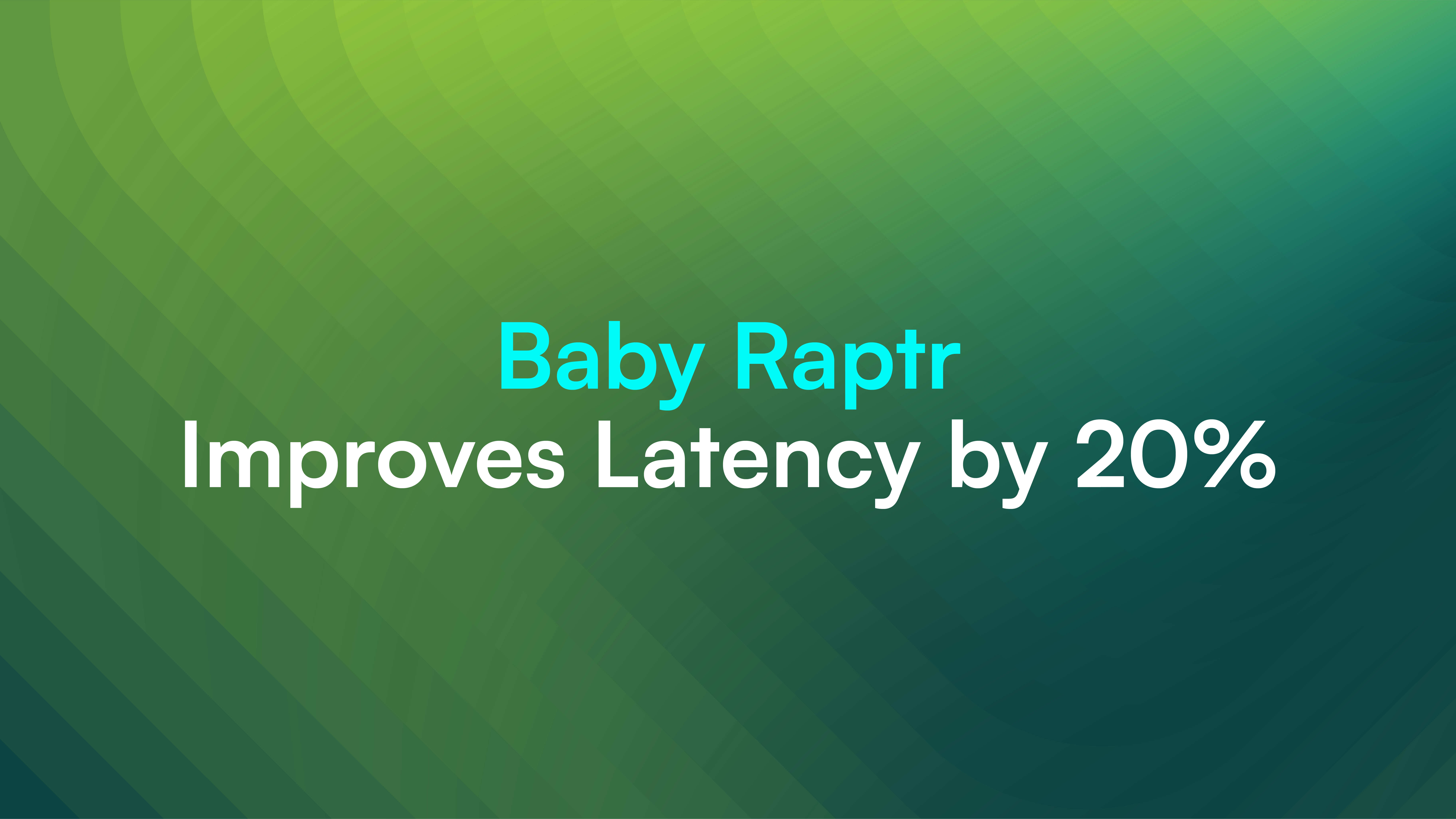Baby Raptr Is Here: a New Era of Consensus Begins

Now, that vision is beginning to take shape on Aptos Mainnet. Baby Raptr, the first production-stage component of Raptr, is officially live—marking the most significant protocol upgrade on Aptos in 2025 to date. This rollout initiates a phased evolution of Aptos consensus, designed to deliver lower latency, greater resilience, and consistent performance under all network conditions.
How Baby Raptr Works
The existing consensus architecture uses a combination of Jolteon* for consensus and Quorum Store for data dissemination. Jolteon* is a latency-optimal consensus protocol, and Quorum Store is the data dissemination layer unlocking scalable, high throughput.
Under low load (fewer than 100 transactions per block), Quorum Store is bypassed, and consensus directly proposes blocks with data in just four network hops. Under medium to high load, proposals are constructed from Quorum Store batches. Before a proposer can include those batches in a block, it must first collect a "proof of store" certificate from participating validators. This adds two additional network hops before the Jolteon* three-phase agreement begins. In total, any medium to high load experiences six network hops.
Baby Raptr optimizes this architecture with the following changes:
The proposer includes quorum store batch digests optimistically in the block without waiting for the proof-of-store certificate.
Validators only vote if they can independently retrieve and verify the full batch contents.
In other words, the Quorum Store logic is merged into the consensus mechanism. A quorum certificate in the Jolteon* protocol now also serves as a proof of availability for the proposed data. Rather than waiting to confirm data before starting consensus, validators now verify data as part of consensus—saving time, reducing network hops, and streamlining the path to finality.
The implementation underwent rigorous testing and auditing by the Aptos Labs team, ensuring its stability, security, and performance.
The Impact of Baby Raptr
Baby Raptr isn't just a performance tweak—it’s the first domino of a protocol evolution that reshapes how the network reaches consensus.
By reducing consensus from six network hops to four, Baby Raptr improves validator finality latency by 20% (or 100-150ms) on mainnet. That may sound small, but in high-performance environments like DeFi, payments, and gaming, every millisecond counts. This change also makes the optimized four-hop consensus path the default, ensuring consistent low-latency performance under all load conditions.

The rollout of Baby Raptr will continue gradually over the next month and can be tracked via a public dashboard. This is the first production-stage component of Raptr, laying the foundation for the full Raptr implementation, which will bring further structural changes to consensus, including decoupled prefix voting and prefix commit logic.
Built to Endure. Designed to Evolve.
Consensus upgrades are rare across Layer 1s—especially live ones. Baby Raptr demonstrates that Aptos can safely integrate deep protocol changes through open governance (AIP-106), validator coordination, and a modular, forward-compatible design.
Baby Raptr is only the beginning. Up next: Zaptos for end-to-end latency gains, Block-STM V2 for parallel execution at scale, and more upgrades that push the boundaries of real-time, high-throughput performance.
For builders, this means the infrastructure beneath your app isn’t static—it’s actively improving. With lower latency, greater consistency, and expanding performance ceilings, Aptos continues to evolve as the foundation for high-frequency, real-time applications.
This is what sets Aptos apart: a network built to last, but architected to keep getting better.